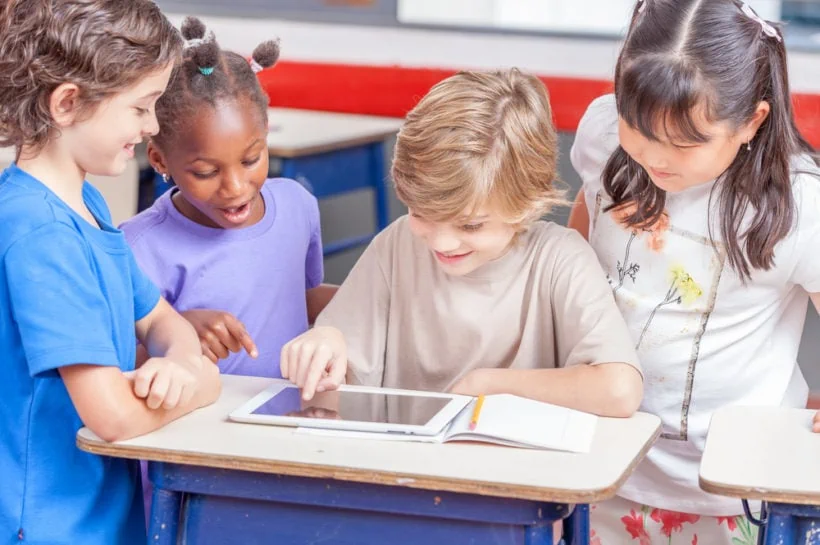Introduction
Gamification has emerged as a potent educational tool, leveraging gaming principles to transform traditional learning experiences. By integrating elements like competition, rewards, and interactivity, educators have discovered innovative ways to captivate students and enhance their educational journey. This article explores the multifaceted benefits of gamification in education, examining its profound impact on student engagement and learning outcomes across diverse subjects.
Engagement through Immersive Learning
Gamification fosters an immersive learning environment by transporting students into interactive scenarios. Whether it’s simulations, role-playing, or quests, these elements captivate attention and encourage active participation. For instance, language learning platforms employing gamified approaches simulate real-life conversations, making learning more dynamic and enjoyable. Similarly, history or science-based games allow students to explore historical periods or scientific phenomena, making abstract concepts more tangible and memorable.

Motivation and Progression
The inherent reward system in games, like points, badges, or levels, drives students to strive for mastery. By breaking down complex topics into achievable milestones, gamification motivates continuous progress. Moreover, leaderboards and competitions cultivate a healthy sense of competition, encouraging students to excel while fostering a collaborative spirit. This intrinsic motivation enhances persistence and self-directed learning, as seen in coding platforms where learners advance through coding challenges, reinforcing problem-solving skills and programming logic.
Adaptability across Subjects
One of gamification’s strengths lies in its adaptability across diverse subjects. From mathematics to literature, educators have harnessed game-based learning to engage students of all ages and learning styles. For instance, math puzzles or quizzes offer immediate feedback, reinforcing mathematical concepts effectively. In literature, story-driven games spark creativity and critical thinking by immersing students in narratives, fostering deeper comprehension and analysis.

Conclusion
The integration of gamification in education presents a transformative approach, revolutionizing the traditional classroom experience. By leveraging gaming principles, educators can elevate student engagement, motivation, and learning outcomes across various disciplines. As technology continues to evolve, the potential for gamified learning to personalize education and cater to individual student needs becomes even more promising. Embracing this dynamic approach holds the key to unlocking a future where learning becomes an adventure, empowering students to thrive in their academic pursuits.




